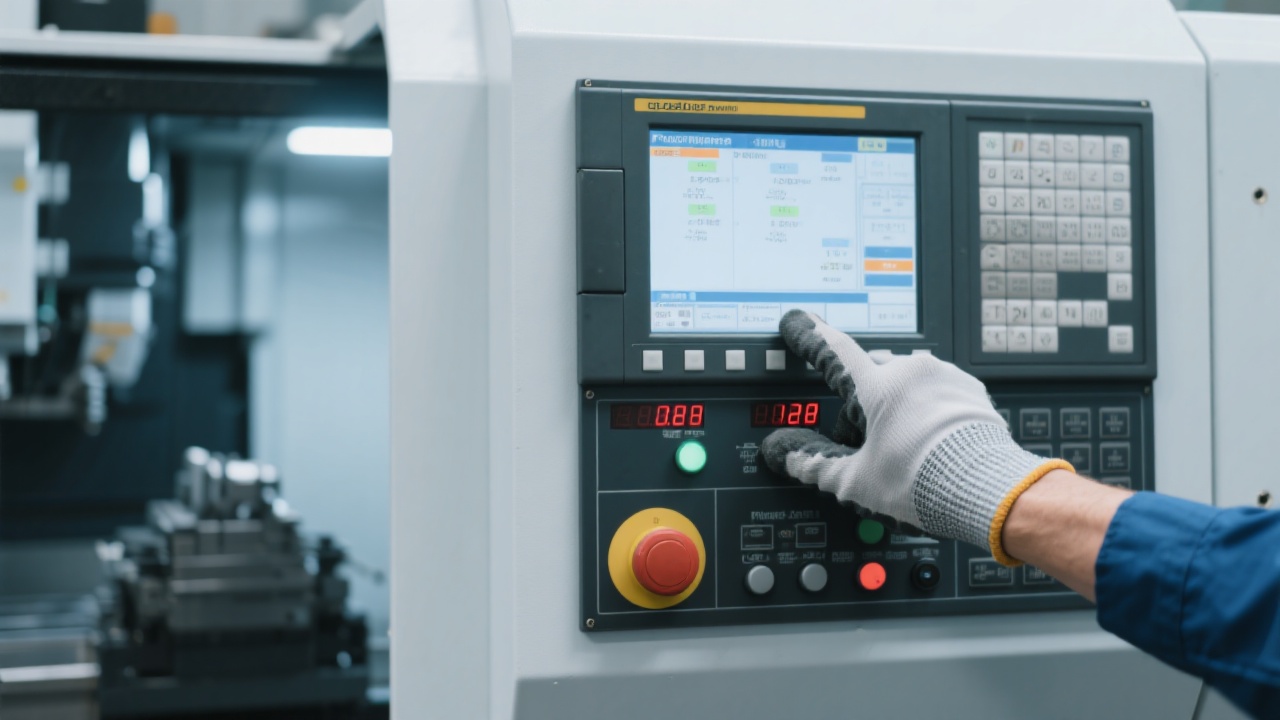
In high-precision manufacturing—especially in aerospace, medical devices, and semiconductor tooling—graphite parts are increasingly used due to their excellent thermal conductivity, machinability, and low density. However, these advantages come with unique challenges during five-axis machining, particularly thermal deformation and inconsistent cutting forces that can compromise dimensional accuracy and surface finish.
Unlike metals, graphite has anisotropic properties and is highly sensitive to temperature changes. A typical CNC setup might experience up to 0.05 mm of thermal expansion per 10°C rise in spindle temperature—a critical factor when producing complex geometries like turbine blades or mold cavities. According to industry data from the International Journal of Advanced Manufacturing Technology, improper programming leads to a 30–40% increase in scrap rates for graphite components.
To address this, manufacturers using machines like the FH855L RTCP 5-axis vertical machining center must adopt advanced programming techniques tailored to graphite’s behavior:
A European mold manufacturer reported a 60% reduction in trial runs after implementing standardized five-axis workflows based on FH855L programming guidelines. Their key improvements included:
| Parameter | Before | After |
|---|---|---|
| Thermal Deviation (mm) | 0.08 | 0.02 |
| Cutting Force Variance (%) | ±15% | ±5% |
| First-Pass Success Rate | 62% | 91% |
The result? Fewer reworks, faster time-to-market, and improved customer satisfaction—all achievable through smarter programming rather than higher-end equipment alone.

For engineers and shop floor managers looking to elevate their graphite machining capabilities, it's not just about running more cycles—it's about running them smarter. Whether you're working with intricate blade profiles or deep cavity molds, integrating proven five-axis strategies into your workflow ensures consistent quality and reduced waste.
If you’re ready to transform how your team approaches complex graphite parts, explore how the FH855L RTCP 5-axis machining center supports precision-driven programming—and helps you avoid costly mistakes before they happen.

